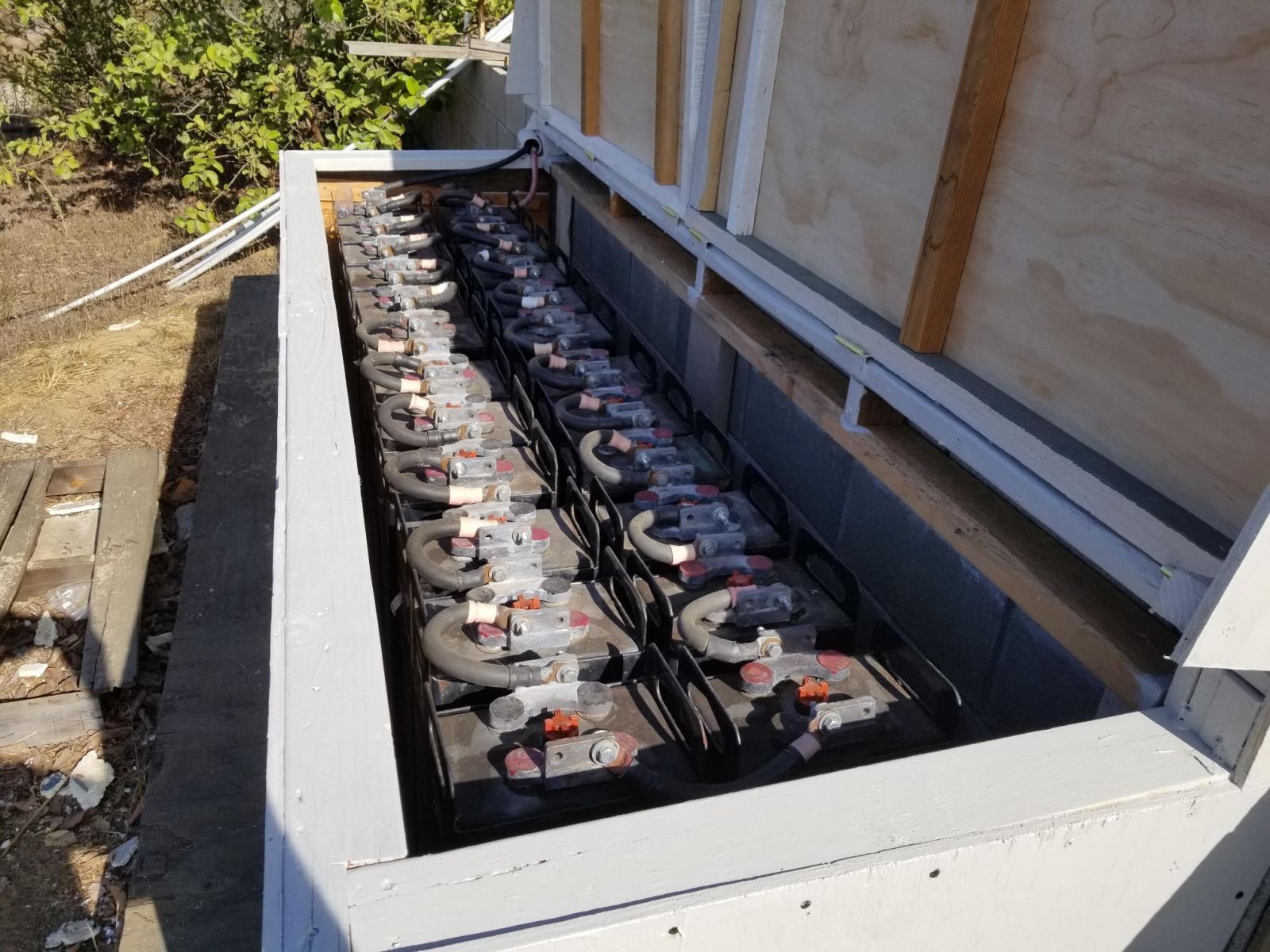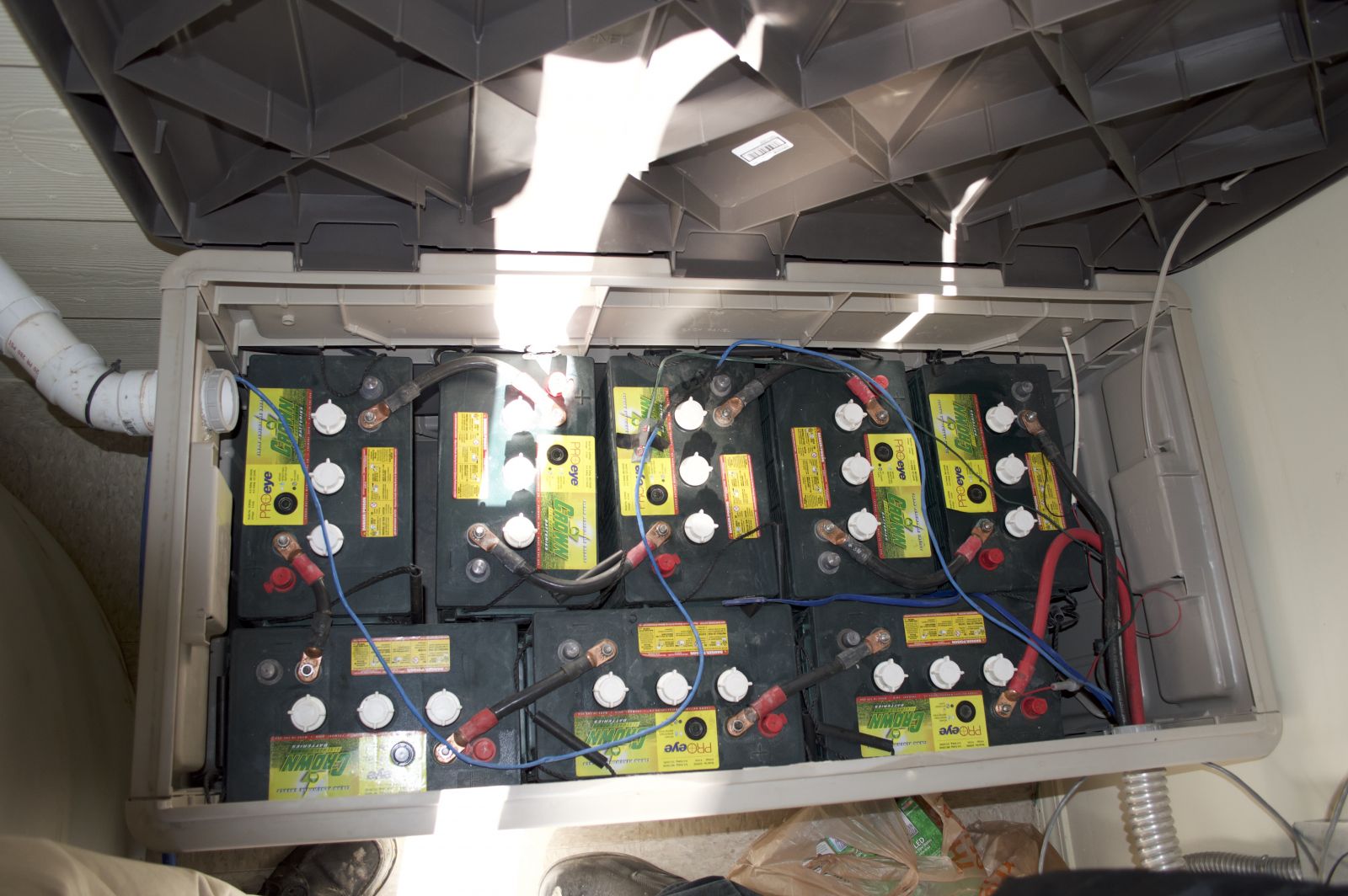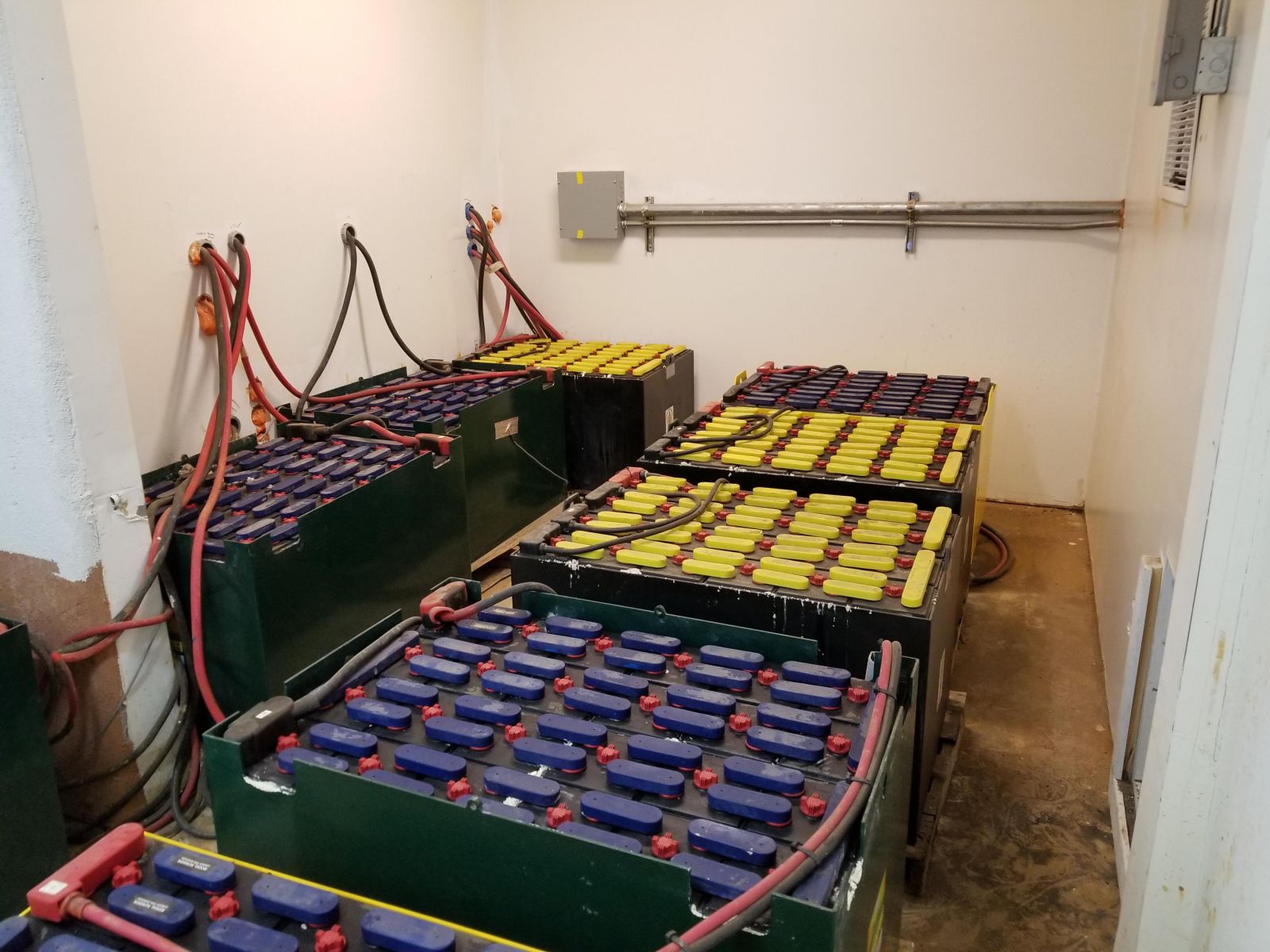Read the Fine Print: Battery warranty basics
If batteries are the beating heart of your renewable energy system, then battery warranties are your health insurance. And, like health insurance, battery warranties vary wildly in coverage, quality, and guarantees.
Strong warranties help you:
- Maximize ROI, service life, and uptime
- Avoid unpaid on-site diagnostics and retrieval
- Let you spend more time growing your business, completing paid projects, or seeing family and friends
- Prevent costly, out-of-pocket replacement
- Bring in repeat business and referrals

But how do you know which warranties (and companies) will protect you? And which claims aren't worth the paper they're printed on?
If you're skeptical of marketing claims like 10-year warranties from brand-new companies, then congratulations. You're already on the right track. Keep reading to discover the keys to protect yourself and get the most out of your investment.
Rule #1: The best warranty is one you never have to use.
It's simple: The more reliable a product, the less likely you'll ever need its warranty. That's a good thing. Because even if your battery company streamlined their warranty process, warranty claims still take time.
Look for these reliability-enhancing features in your next batteries:
- R&D includes hundreds of prototypes and multiyear field tests.
- Gravity casting removes impurities from plates (plates hold chemicals that store energy). This improves charging and lifespan while lowering maintenance.
- Thick plates hold more active material for more chemical reactions - and longer life.
- Automation/robotics improve quality and longevity.
For more, see November/December 2017's "Find the Battery You Need." (https://www.nacleanenergy.com/articles/29136/find-the-battery-you-need)[1]

Rule #2: Follow the manufacturer's care recommendations.
If you don't change the oil in a gas-powered car, the engine will suffer an early death. Similarly, improper inspection and maintenance practices will kill any battery - even AGM or lithium-ion. And that damage won't be covered by warranty.No matter the battery type, proper care can save a fortune. This includes routine cable inspection, recommended charging, and equalizing and topping off flooded batteries. Check with your battery manufacturer for maintenance strategies to maximize lifespan and performance.
Rule #3: Your warranty is only as good as the company behind it - so ask these questions:
Q: "How long have you been in business?"
If a battery manufacturer claims a 10- or 15-year lifespan, but they haven't been around for that long, that's a red flag. And be cautious of startups that rely on venture capital to fund warranties.
Q: "How long has your exact battery chemistry been field-tested?"
If emerging technologies promise 10+ year lifespans, but their exact battery chemistry or model has less than a decade of real-world use, be skeptical.
Q: "How did you determine the expected lifespan?"
"Too-good-to-be-true" lifespan claims may come from computer simulations, accelerated lab tests in perfect conditions, or the marketing department. But they don't come from real-world experience.
When investigating a lifespan claim, always ask for proof: long-term case studies, test data, and long-standing customers (installers or end-users) you can call. Consider batteries experimental unless they've survived every year of their warranty in the field. Experimental chemistries may offer benefits and tradeoffs - but be sure that you're okay with your system and your wallet being part of the experiment.
Q: "Has your company ever filed for bankruptcy?"
When companies file for bankruptcy, investors and preferential creditors often get paid first. Battery owners may be the last in line - if there's any settlement money left. According to the Bankruptcy Law Network, companies in Chapter 11 may not have to honor your claim. Companies in Chapter 7 do not have to honor your warranty. And, if a battery company folds - as many startups have before -you lose your warranty and are on the hook for early replacement.
Since battery companies don't advertise bankruptcies (especially the second or third time), be sure to google their history.
Q: "Does a third-party insurer guarantee your warranty?"
If an upstart or previously-bankrupt company "self-insures" their warranties, then the risk is on you. So be sure your warranty comes from an established company, or is guaranteed and underwritten by a third party. GET EVERYTHING IN WRITING.
Rule #4: Your battery should cover your predicted use. So should your warranty.
Look out for these common technical limitations:
- Beware low max rates for charging and discharging. For instance, if a battery chemistry's max rate is 37 amps, then systems must be paralleled to fit with typical charging and discharging, which is an additional cost.
- Some batteries can't handle "AC-coupling" systems: pre-existing systems designed solely to dump energy to the grid and later retrofitted for storage.
- Know the operating temperature limits. For example, charging some lithium iron phosphate (LFP) batteries below 32 °F will void your warranty and cause them to breach. (Batteries in remote locations can see these temperatures yearly).
- Some battery warranties go into an amp-hour stipulation after a certain number of years. You can easily exceed this usage.
- Surge capacity: With backup power (grid-connected UPS), surges happen when systems switch from AC to backup, or when high-load equipment like air conditioning compressors start. One LFP system will not tolerate amperage surges beyond 60 amps for 15+ seconds. To deal with these surge and discharge limits, you must add and parallel batteries.
- Look out: Some single-discharge events can crash these systems during high-demand periods. This will ruin the battery, and the BMS is installed to record this type of failure.

Rule #5: Always size projects and compare estimates based on 50 percent Depth of Discharge (DoD).
DoD is like gas in your car's tank; extra reserves prevent you from running out of power. (If DoD is 30 percent, then the battery still has 70 percent power.) Some companies undersize battery banks to appear "competitive" with high-value batteries. That leaves you without backup power. And batteries that discharge too deeply die early - often, with a voided warranty.
Renewable energy systems require a proper safety margin to ensure stable voltage, handle large loads, and store energy for days with low wind or solar production. Size projects for 50 percent DoD - no matter the battery chemistry or company.
Rule #6: Factor in hidden costs for safety equipment and recycling - because warranties don't cover them.
Some batteries may require additional safety infrastructure. Lithium-ion's high power density can be a boon in some applications. However, it increases the risk of thermal runaway and fires, which can reignite more than 24 hours after being "extinguished." For grid storage, Gregory Morris writes in Risk & Insurance, "We recommend sprinkler protection, and separation, at least 20 feet from any other structure or exposure." ("Lithium-Ion Batteries Strain Risk Management" - https://riskandinsurance.com/lithium-ion-batteries-strain-risk-management/) Ask your insurance agent whether additional coverage is required.
 End-of-life disposal can be another hidden cost, and all batteries should be recycled or properly discarded. Unfortunately, li-ion batteries are currently 0-60 percent down-cyclable; less than 5 percent of lithium-ion batteries are partially down-cycled at the end of life - the other 95 percent are landfilled. (https://cen.acs.org/materials/energy-storage/time-serious-recycling-lithium/97/i28).
End-of-life disposal can be another hidden cost, and all batteries should be recycled or properly discarded. Unfortunately, li-ion batteries are currently 0-60 percent down-cyclable; less than 5 percent of lithium-ion batteries are partially down-cycled at the end of life - the other 95 percent are landfilled. (https://cen.acs.org/materials/energy-storage/time-serious-recycling-lithium/97/i28).
As the Department of Energy and other groups push to develop commercially effective, partial recycling, li-ion disposal may soon be mandatory. But li-ion recycling remains cost-prohibitive: Trained technicians must manually disassemble spent batteries. Recycling low-value chemicals is often more expensive than virgin mining, and there's no nationwide collection system. Thus, the cost of li-ion disposal may fall on the buyer.
Lead-based batteries are 99 percent recyclable - more recycled than aluminum cans (source: U.S. EPA). Because old lead batteries are easily recycled to make new ones, recycling is profitable - so disposal is often free. You may even be paid to recycle spent lead batteries.
Rule #7: Get everything in writing.
Always read the fine print, and consider reviewing your warranty with a battery expert or lawyer. Look for proof of real-world performance. And get everything in writing. Otherwise, you may have little recourse.
There is no perfect battery or warranty. But if you follow these rules, you'll protect your most valuable resources: your system and safety, your money, your time, and your reputation.
John Connell is the Vice President of Crown Battery's SLI Products Group. Founded in 1926, Crown Battery engineers and manufactures all its 99%-recyclable batteries at its ISO-9001:2015-certified headquarters in Fremont, Ohio, USA.
Crown Battery | www.crownbattery.com
Author: John Connell
Volume: 2020 November/December











